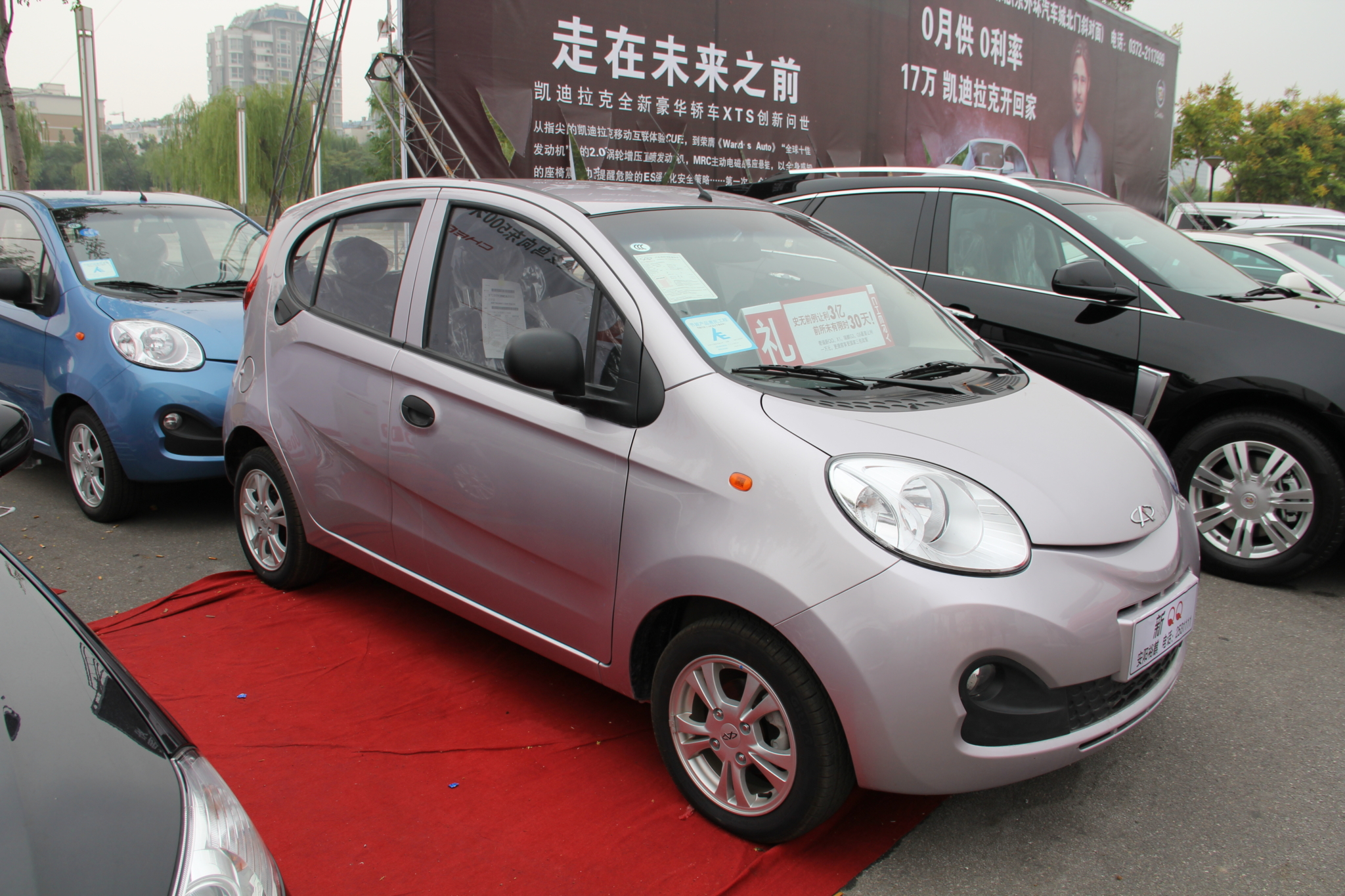
Tariffs are largely keeping Chinese autos from flooding the U.S. market, for now.
China will likely be the world’s largest auto exporter in 2023, but it’s a title that comes with dubious glory. For decades, European, American and Japanese cars have dominated world auto exports, but massive auto overcapacity in China has made it critical that the nation export as many of its cars as possible.
Behind the Chinese auto industry’s explosive growth are deep government subsidies, but its domestic demand is stalling as the Chinese economy declines. And so, China is shipping huge quantities of its mostly gas-powered cheap cars throughout the world. It’s the same formula for disaster that we’re seeing play out with EV batteries.
As The New York Times reported last week:
Overall exports of Chinese goods, everything from furniture to consumer electronics, slumped 5.5 percent in the first eight months of this year, according to data released on Thursday. But China’s car industry has quadrupled exports in just three years, surpassing Japan this year as the world leader. This year, exports of cars surged 86 percent through July.
To facilitate this global fire sale on Chinese cars, shipyards are working overtime in China to build an armada of ships — the biggest of their kind ever built — to ferry the excess cars to the rest of the world. So far, most of these cars have made their way to Russia, but Chinese auto manufacturers are also aiming to make further inroads in the European and Australian markets.
From The New York Times:
Chinese automakers like BYD and Chery, and the European and Singaporean shipping lines that transport cars for them, have placed almost all of the orders now pending worldwide for 170 car-carrying vessels. Before China’s auto export boom, only four a year were being ordered, said Daniel Nash, head of vehicle carriers at VesselsValue, a London shipping data firm.
For now, the United States auto market is largely spared from this Chinese car deluge thanks to Section 301 tariffs that were imposed on Chinese imports, starting in 2018 under the Trump administration. However, these tariffs are currently under review.
A flood of Chinese imports has devastated several of America’s domestic industries in the past, notably undercutting American solar and steel manufacturers. U.S. tariffs are serving as a deterrent to the auto dumping that China is lining up for the rest of the world, but that could change if the Biden administration decides to relinquish its leverage in the U.S.-China trade relationship.
It’s important to note that all these cars with which China is flooding global markets are likely tainted by forced labor, according to a report from Sheffield Hallam University’s Helena Kennedy Centre for International Justice, which finds that the Chinese Communist Party has intentionally moved the nation’s auto manufacturing to Xinjiang, the site of its cultural genocide against the Uyghur people.
China is gearing up to flood global markets with its excess cars. It’s critical that America retain the tariffs that shield American industries and consumers from their dumping.
